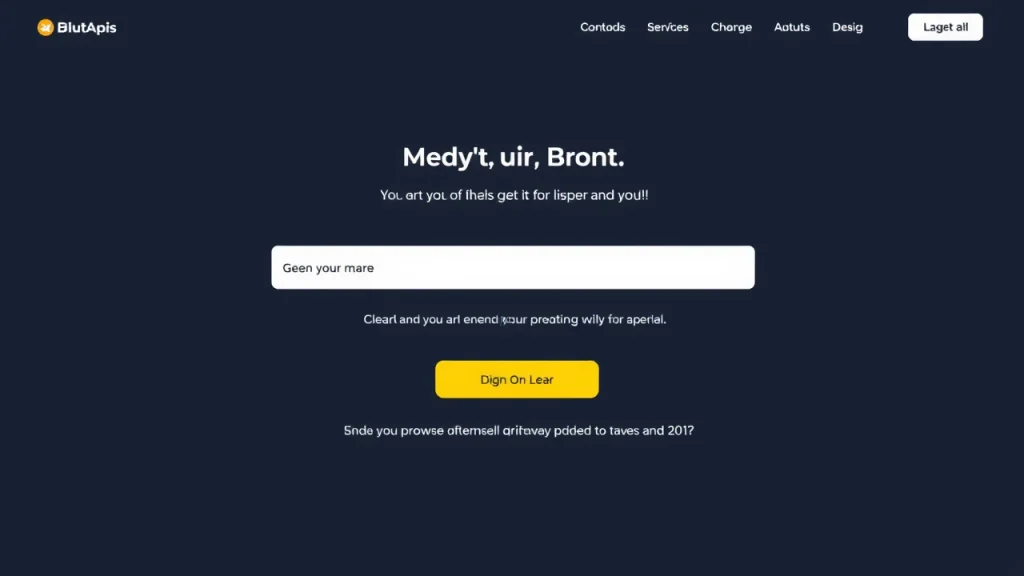Starting a business might feel like an impossible task, especially if you’re new to entrepreneurship or unsure where to begin. You may have heard that 9 out of 10 startups fail, which can be discouraging. But here’s the truth: starting a successful business doesn’t require luck, genius, or massive capital. It requires a proven system.
In this guide, we’ll walk through the Castle Method, a five-step framework for building your first business from scratch. Whether you’re fresh out of school or simply looking to break into the world of entrepreneurship, this method will give you clarity, structure, and actionable steps.
🧠 Step 1: Conceptualize – Generate Business Ideas That Work

Before diving into execution, you need to generate multiple business ideas. Most people jump straight from their first idea to action. But the key to finding the right business is generating at least 10 ideas before narrowing them down.
💡 Ideation Tips:
- List problems you’ve experienced
- Think about hobbies or passions you can monetize
- Research trending markets and niches
- Use AI tools to refine and expand ideas
🦔 The Hedgehog Concept
This concept from Jim Collins’ book Good to Great suggests focusing on the intersection of three things:
- What you’re passionate about
- What can you potentially be the best at
- What drives your economic engine
✅ Pro Tip: Focus on solving real problems rather than chasing trends. Service-oriented ideas often perform better in early-stage businesses.
🛠️ Step 2: Assemble Your Minimum Viable Product (MVP)

One of the biggest mistakes aspiring entrepreneurs make is spending months building a perfect product before ever talking to customers. Instead, focus on creating a Minimum Viable Product (MVP) — something that proves interest in your idea without requiring heavy investment.
🎯 Why Lead Generation Matters
Everything is downstream of lead generation.
Your MVP should aim to generate leads, any indicator of interest. If you can’t get people to sign up for something free, charging them later won’t work.
🧩 Types of Free MVPs You Can Create:
| MVP Type | Description |
|---|---|
| Scorecard / Quiz | Interactive quiz that gives personalized results |
| Free Webinar | Teach a skill or share knowledge related to your business idea |
| Landing Page | Explain your offer and collect email addresses |
| Pitch Video | Share your idea on social media and ask for feedback |
⚙️ Tool Recommendation: Use ScoreApp to create quizzes or scorecards quickly. It integrates well with email marketing platforms and helps validate your business idea fast.
🎯 Step 3: Shape Your Product Toward Product-Market Fit
Once you’ve generated leads, it’s time to talk to potential customers and shape your product accordingly.
Don’t assume you know what customers want, ask them.
🗣️ How to Validate Your Idea:
- Conduct short interviews via Zoom or phone
- Ask open-ended questions about their needs
- Observe how they interact with your MVP
- Adjust your offering based on real feedback
🔄 Real-Life Example: Part-Time YouTuber Academy
Initially, the creator thought the audience wanted advanced YouTube growth strategies. After launching a quiz, he discovered most users were beginners. So he pivoted to creating a beginner-friendly course that eventually became a multi-million-dollar product.
📈 Key Insight: Your final product may look completely different from your original idea and that’s okay!
🚀 Step 4: Launch Your Product Effectively

Now that you’ve validated your product and refined it, it’s time to launch strategically. This isn’t just flipping a switch, it’s a planned effort involving marketing, sales, and outreach.
🧨 The Emotion-Logic-Urgency Framework
Every sale is triggered by three elements:
- Emotion – How does your product make customers feel?
- Logic – What rational reasons do they have to buy?
- Urgency – Why act now?
Apple uses all three brilliantly:
- Emotion: Their brand makes you feel cool and creative.
- Logic: Better specs, design, and ecosystem.
- Urgency: Limited stock and pre-order deadlines.
Apply this framework to your own launch strategy:
- Use storytelling in your copy
- Highlight benefits and features clearly
- Add time-limited bonuses or discounts
💬 Bonus Tip: Partner with micro-influencers or run paid ads once you’ve validated your product.
📈 Step 5: Expand and Scale Your Business

Only a small percentage of businesses reach this stage, but when you do, scaling opens up exciting opportunities:
- New geographic markets
- Additional product lines
- Multiple teams or locations
- International expansion
🤝 When to Bring in Help
At this stage, working with a CEO coach or business mentor can help you navigate challenges like hiring, systems, and culture.
📚 Recommended Reading
To deepen your understanding of marketing, sales funnels, and customer acquisition, consider these books:
- $100 Million Offers by Alex Hormozi
- DotCom Secrets by Russell Brunson
- Over Subscribed by Dan Priestley
These resources are ideal for intermediate to advanced entrepreneurs ready to take their business to the next level.
📝 Conclusion: Start Small, Think Big

Remember, every successful business started somewhere. The Castle Method gives you a clear roadmap to go from idea to scalable enterprise, without wasting time or resources.
🧭 Final Checklist:
- ✅ Start by conceptualizing multiple business ideas
- ✅ Build a simple MVP to validate your concept
- ✅ Talk to customers and shape your product based on feedback
- ✅ Launch strategically using emotion, logic, and urgency
- ✅ Scale thoughtfully once you’ve proven your model
Don’t try to build the perfect product upfront. Don’t assume you know what customers want. Follow the steps, listen to the market, and be willing to adapt. That’s the true path to entrepreneurial success.














